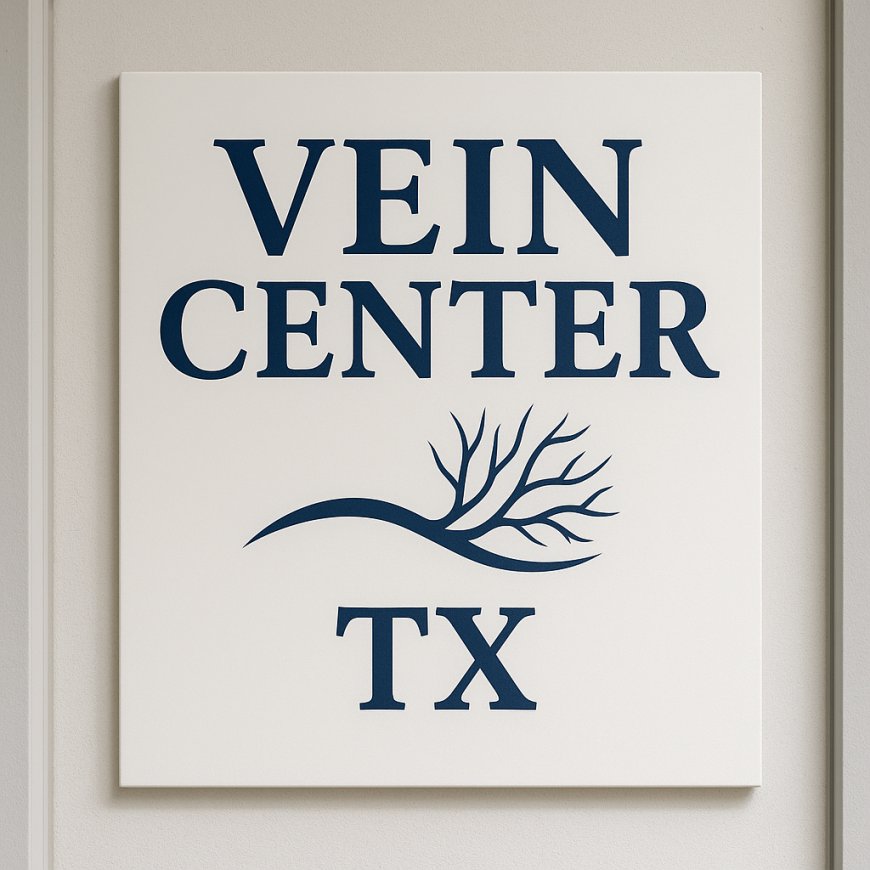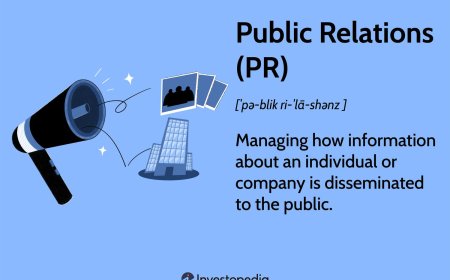Vein Specialists: Treatments, Conditions & What to Expect
Discover how vein specialists diagnose and treat vein conditions like varicose veins and CVI. Learn about symptoms, treatment options, and expert care.

Vein problems are more common than many people realize. From varicose veins to deep vein thrombosis (DVT), vein disorders affect millions of Americans, causing discomfort, swelling, and sometimes serious health issues. Thankfully, vein specialists—also known as phlebologists or vascular specialists—are trained professionals dedicated to diagnosing and treating these conditions. This article provides a deep dive into what vein specialists do, the common vein problems they treat, and what patients can expect from consultations and treatments.
What Is a Vein Specialist?
A vein specialist is a medical professional trained in the diagnosis and treatment of disorders related to veins. These physicians often have backgrounds in vascular surgery, interventional radiology, or dermatology and may be board-certified in phlebology (the study of veins).
They use advanced technology to treat both cosmetic and medical vein concerns. Their expertise includes recognizing circulatory system issues, performing minimally invasive procedures, and managing chronic venous insufficiency (CVI).
Common Conditions Treated by Vein Specialists
Vein specialists treat a wide range of vascular issues. Here are some of the most common:
1. Varicose Veins
Bulging, twisted veins usually found on the legs. They can cause aching, heaviness, and fatigue.
2. Spider Veins
Small, red or purple veins visible on the skin's surface, often a cosmetic concern but may also indicate poor circulation.
3. Chronic Venous Insufficiency (CVI)
A condition where leg veins struggle to send blood back to the heart, leading to swelling, pain, and skin changes.
4. Deep Vein Thrombosis (DVT)
A blood clot in a deep vein, typically in the legs. This is a serious condition requiring immediate medical attention.
5. Leg Swelling and Ulcers
Venous disease can cause fluid buildup and slow-healing wounds on the lower legs.
When to See a Vein Specialist
It’s important to consult a vein specialist if you experience:
-
Persistent leg pain, cramping, or swelling
-
Bulging veins that worsen with prolonged standing
-
Skin discoloration or ulcers around the ankles
-
Heaviness or fatigue in the legs
-
A family history of vein disorders
-
Burning or itching sensation in your legs
Early diagnosis and treatment can prevent more serious complications like ulcers or blood clots.
Diagnostic Tools Used by Vein Specialists
Vein specialists use non-invasive tools to evaluate vein health, such as:
-
Duplex Ultrasound: A detailed imaging technique that maps blood flow and vein structure.
-
Venography: An imaging test where contrast dye is injected to view the veins.
-
Photoplethysmography: Measures blood volume changes in the legs.
These diagnostics help customize a treatment plan for each patient.
Common Vein Treatment Options
Vein specialists offer several state-of-the-art treatments, most of which are outpatient and minimally invasive:
1. Sclerotherapy
A solution is injected into the vein, causing it to collapse and fade. Commonly used for spider veins and small varicose veins.
2. Endovenous Laser Therapy (EVLT)
A laser fiber is inserted into the vein to seal it shut. Effective for larger varicose veins.
3. Radiofrequency Ablation (RFA)
Uses heat generated by radio waves to close off problem veins.
4. Ambulatory Phlebectomy
Small incisions are made to physically remove bulging veins.
5. Compression Therapy
Wearing medical-grade compression stockings to improve blood flow and reduce symptoms.
6. Lifestyle Changes
Encouraging exercise, weight loss, and avoiding prolonged standing to reduce vein symptoms.
Benefits of Seeing a Vein Specialist
-
Accurate Diagnosis: Professional imaging and assessments ensure correct treatment.
-
Minimally Invasive Options: Most treatments are painless, quick, and require no downtime.
-
Long-Term Relief: Proper treatment can prevent recurrence and complications.
-
Cosmetic Improvement: Many procedures also enhance the appearance of the legs.
How to Choose the Right Vein Specialist
Here are tips for selecting a qualified vein specialist:
-
Check board certification in phlebology or vascular medicine.
-
Read patient reviews and testimonials.
-
Confirm they offer the latest technologies (EVLT, RFA, ultrasound).
-
Ensure they create individualized treatment plans.
-
Ask about insurance coverage and costs.
What to Expect During Your First Visit
A typical consultation includes:
-
Medical History Review: Discussion of your symptoms, lifestyle, and family history.
-
Physical Exam: Examination of the affected areas, often standing and lying down.
-
Ultrasound Scan: Non-invasive imaging to assess vein structure and function.
-
Treatment Plan: Based on findings, the specialist will outline your treatment options.
FAQs About Vein Specialists
Is vein treatment covered by insurance?
Many procedures are covered if deemed medically necessary (e.g., pain, swelling, ulcers), but cosmetic treatments often aren’t.
How long is recovery from vein treatments?
Most patients return to normal activities the same day, especially after laser or radiofrequency treatments.
Are vein treatments painful?
Most treatments involve minimal discomfort, especially compared to traditional vein stripping surgeries.
Conclusion
Vein specialists play a crucial role in maintaining healthy circulation and preventing serious vascular complications. Whether you're dealing with unsightly spider veins or painful varicose veins, seeking expert care ensures you receive the right diagnosis and effective, modern treatment options.
Early intervention is key—don't ignore symptoms like swelling, leg heaviness, or visible veins. Contact a qualified vein specialist to restore both your vascular health and peace of mind.



































